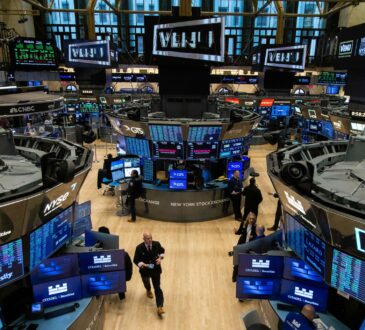
“Hong Kong and China equities, onshore and offshore, may be in a secular bear market,” he said in an interview. “At least as far out as we can see it, this is not as attractive as other markets.”
“The reason why we’re in that bear market is really quite straightforward,” he said. “Underlying economic growth is quite weak, and corporate earnings growth, consequently, is weak, particularly for US dollar-based investors.”
“The key for the market to do better is that the consumer sectors, including e-commerce, need to generate better underlying revenue growth,” Garner said. “For the time being, we’re quite cautious about that.”

For those seeking a silver lining in the cheap valuations, which are now hovering around a decade low, it is important to note that profitability is facing structural declines, he said. Corporate return on China equity in the middle of the last decade was around 17 per cent, roughly where India is today, but has fallen to around 10 per cent and continues to decline.
“With changes in the economy and business models, we see corporate margins substantially lower and asset utilisation tending to move lower,” he said.
China’s prolonged slump has also led to a meaningful reduction of its weighting in the MSCI Emerging Markets index, from around 45 per cent to about 25 per cent, with other major emerging markets such as India and Taiwan filling the gap.
Japan and India, the new darlings as investors look away from China, are both in “secular bull markets” and could continue to be attractive destinations for capital, Garner said. Both have very strong earnings growth of 15 to 20 per cent year on year, and domestic investors in both markets are very involved and are buying equity.
The Topix Index, which surged past its 1989 peak and registered a record high last week, could hit 3,200 by June next year, representing a roughly 11 per cent upside from the current level, according to Garner. India’s Sensex Index is also set to outperform the Shanghai Composite Index for the fourth straight year, he said.
“What is happening is that investor attention is much more broadly based in Asia than before,” Garner said. “Asian investors are focused on a wider range of opportunities than they were three years ago.”


